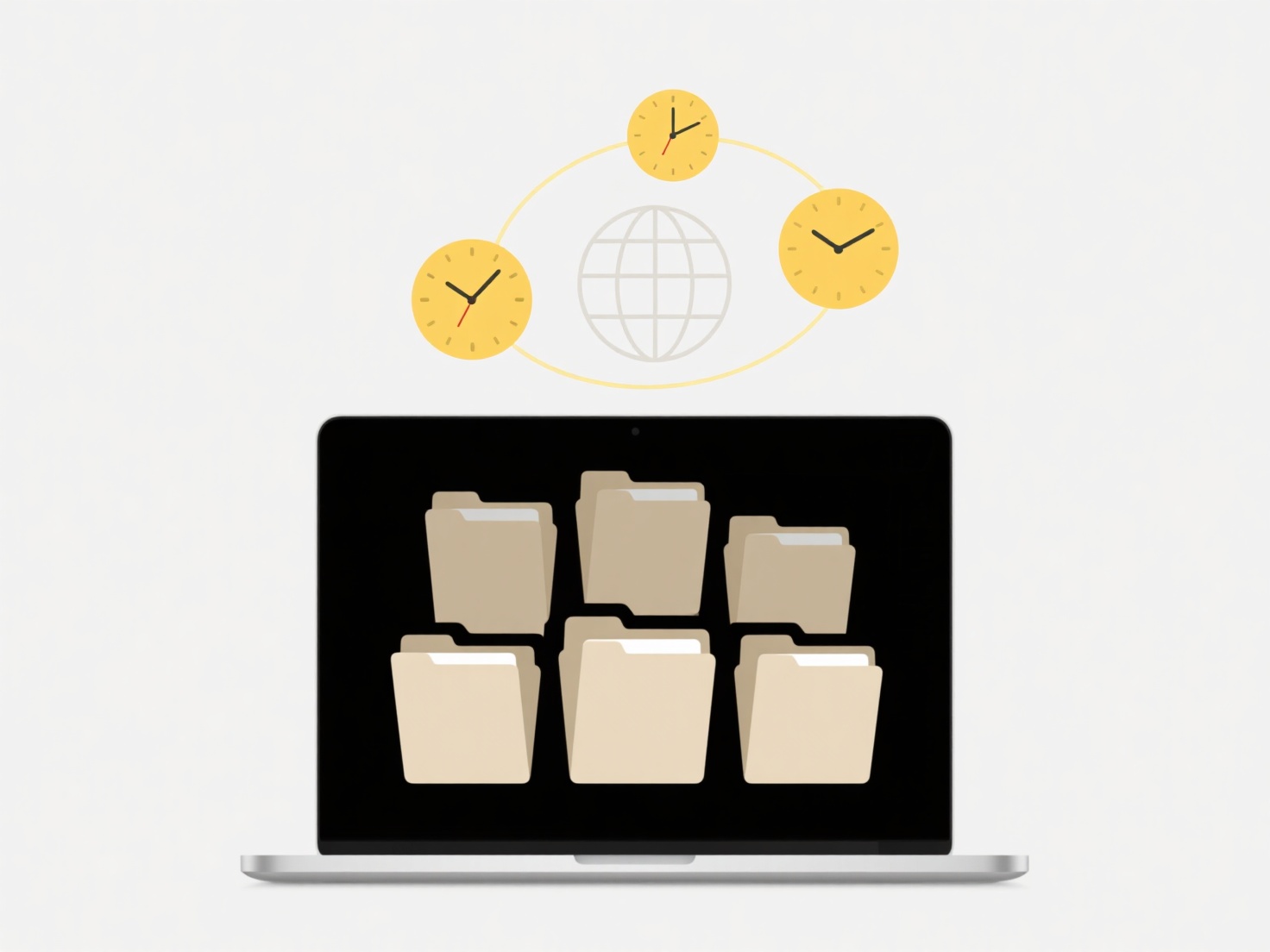
A hash or UUID can be effectively used as a file name. A hash is a unique, fixed-length string generated from the file's data using algorithms like SHA-256, ensuring identical files produce the same hash. A UUID (Universally Unique Identifier) is a randomly or algorithmically generated 128-bit number (e.g., 550e8400-e29b-41d4-a716-446655440000) designed to be globally unique without relying on file content. Unlike sequential or descriptive names, these methods provide unique identifiers independent of file content for UUIDs or precisely tied to content for hashes.
This approach is common in systems managing large volumes of files where uniqueness and data integrity are paramount. Content delivery networks (CDNs) often use file hashes for naming to detect duplicate files and enable efficient caching. Database systems or cloud storage services frequently use UUIDs as filenames for uploaded user files (like profile pictures or documents) to guarantee uniqueness without requiring a central naming authority.

Using hashes/UUIDs eliminates naming conflicts and simplifies deduplication (hashes). However, these identifiers are not human-readable, making file identification difficult without a supporting database. Hashes guarantee uniqueness only for files with identical content; UUIDs guarantee uniqueness regardless of content but don't prevent storing duplicate files. File systems may have length or character restrictions, so ensure your chosen format (e.g., hex string) complies. While standard practice in distributed systems, consider adding metadata externally for user context.
Can I use a hash or UUID for file names?
A hash or UUID can be effectively used as a file name. A hash is a unique, fixed-length string generated from the file's data using algorithms like SHA-256, ensuring identical files produce the same hash. A UUID (Universally Unique Identifier) is a randomly or algorithmically generated 128-bit number (e.g., 550e8400-e29b-41d4-a716-446655440000) designed to be globally unique without relying on file content. Unlike sequential or descriptive names, these methods provide unique identifiers independent of file content for UUIDs or precisely tied to content for hashes.
This approach is common in systems managing large volumes of files where uniqueness and data integrity are paramount. Content delivery networks (CDNs) often use file hashes for naming to detect duplicate files and enable efficient caching. Database systems or cloud storage services frequently use UUIDs as filenames for uploaded user files (like profile pictures or documents) to guarantee uniqueness without requiring a central naming authority.

Using hashes/UUIDs eliminates naming conflicts and simplifies deduplication (hashes). However, these identifiers are not human-readable, making file identification difficult without a supporting database. Hashes guarantee uniqueness only for files with identical content; UUIDs guarantee uniqueness regardless of content but don't prevent storing duplicate files. File systems may have length or character restrictions, so ensure your chosen format (e.g., hex string) complies. While standard practice in distributed systems, consider adding metadata externally for user context.
Related Recommendations
Quick Article Links
Can I export a cloud document to my local device?
Exporting a cloud document means downloading a copy of a file stored on a remote server (the cloud) to your personal com...
How do I open an old version of a PowerPoint file?
Opening an older PowerPoint file involves accessing presentations saved in legacy formats (like .ppt from PowerPoint 97-...
How do I stop sharing after a deadline?
Stopping sharing after a deadline means automatically revoking access permissions for shared files, folders, or links at...